What animals have webbed feet?
Webbed feet are common in reptiles, amphibians, birds, fish, and mammals. Some species have webbing only on their hind legs, whereas other species have webbing on all four limbs.
Table of Contents
Animals With Webbed Feet:
Ducks
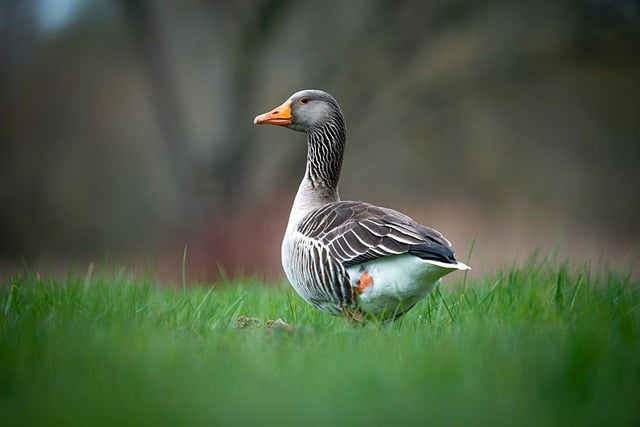
Have you ever wondered why ducks have webbed feet? Well, they don’t really have feet at all. They have paddles instead. The webbing helps them walk on water.
Ducks are amazing animals. They are able to fly, swim, dive, and even run on land. Their webbed feet allow them to walk on water without sinking.
Webbed feet are found only in aquatic birds. Webbed feet are also known as pectoral fins or flippers. These are appendages located on the sides of the body of aquatic birds. They are used to propel the bird through the water.
Ducks are birds that live mainly in freshwater. Their webbed feet enable them to swim well. The webbing helps them move easily over land or water. They have four toes on each foot, two at the front and two at the back. These toes are covered with skin called keratin. This makes their feet waterproof and strong.
Platypuses
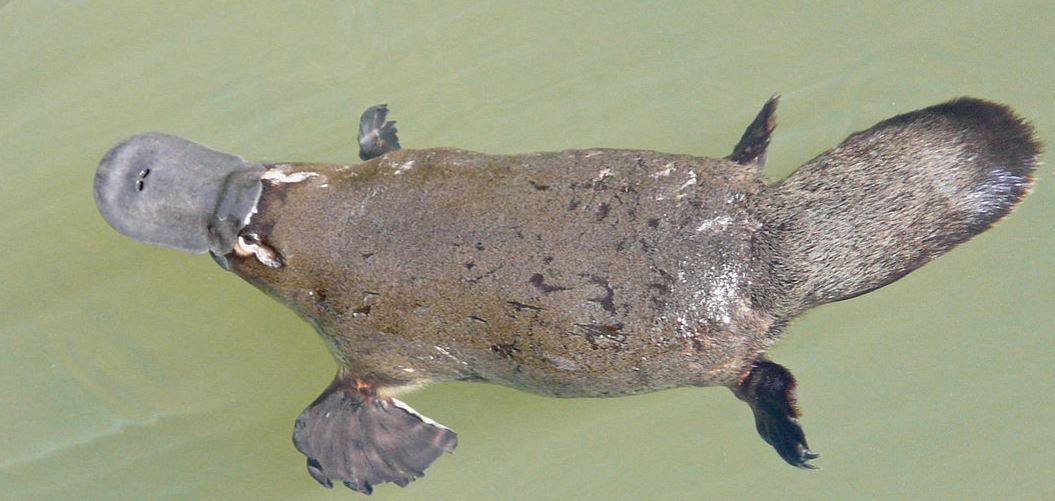
Platypus is a strange creature. They look like ducks, but they swim like fish. And their name comes from the Greek word meaning ‘flat foot’. What makes them unique?
The platypus has four toes on each foot, instead of five. This gives them better grip on slippery surfaces. Their bill also helps them catch food. This unusual feature evolved over time. At some point, the platypus lost its ability to walk on land. Instead, it developed webbed feet to help it move through water.
Platypus are mammals native to Australia. They look very similar to echidnas, but they have no spines and instead have a soft, furry tail. Their fur has a unique pattern of black spots and white stripes.
They are also known as duckbill platypus because of their bill shaped snout. They spend most of their time underwater, but come out at night to feed on insects and worms.
Mallard Ducks
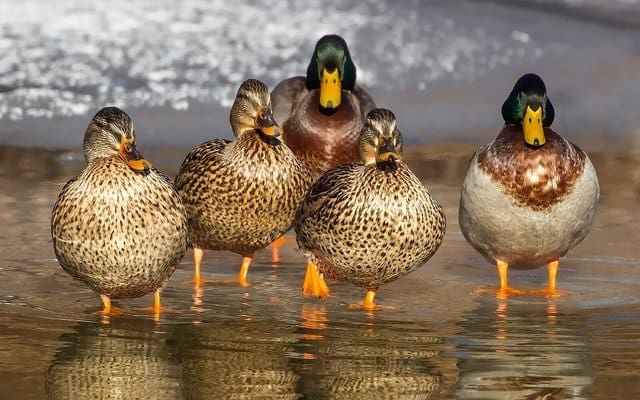
Mallards are famous for their beautiful plumage, but did you know they also have webbed feet?
The mallard duck (Anas platyrhynchos) is a large waterfowl native to North America. They are known for their bright green head, white neck, black back, red legs, and dark brown wings. These ducks live in flocks called mallards or flocks.
The mallard duck has evolved over time to adapt to its environment. Their webbed feet allow them to walk on land, but they also swim well. This adaptation allows them to move around easily in shallow waters.
Capybara
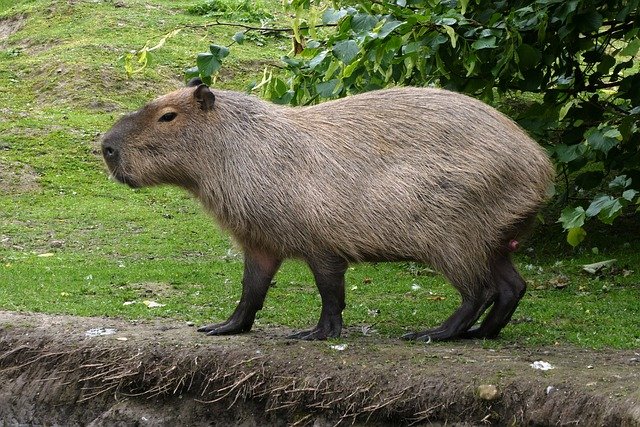
Capybara are the largest rodents in the world. They live in South America and weigh between 100 and 200 pounds. Capybaras are known for their large size, long snouts, and thick fur.
The capybara is a type of rodent native to South America. The name comes from the Spanish word for guinea pig, due to its resemblance to a guinea pig.
The capybara has a unique adaptation called webbing on its feet. This allows them to walk on water without sinking. Webbing also helps the animal swim faster and jump higher. They are also known as guinea pigs or giant rats. Capybaras are often kept as pets because they are very friendly animals.
Capybaras have four toes on each foot. This makes them unique from other rodents. Capybaras have a strong sense of smell and excellent hearing. Their eyesight is poor compared to other mammals.
American bullfrog
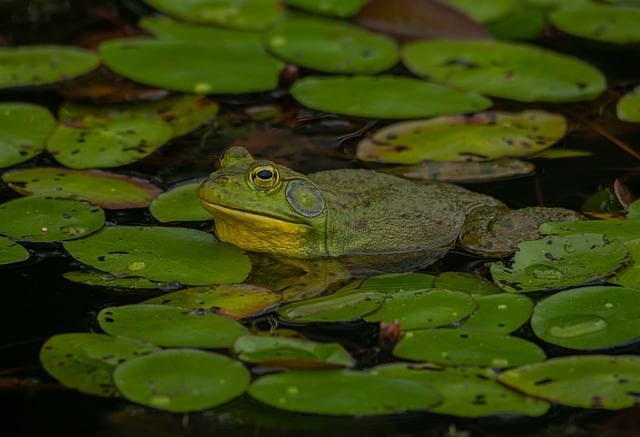
The American Bullfrog (Rana catesbeiana) is a species of frog native to North America. It is also known as the Catesby’s Frog or the Common Toad. This amphibian has a long history of being misidentified, and was once thought to be extinct.
Webbing was originally designed to allow amphibians to move around easily on land. In modern times, webbed feet have become a symbol of strength and power.
Bullfrogs have webbed feet because it allows them to jump higher and farther than other animals without sacrificing speed. They can also climb trees and swim faster than other species.
Pelicans
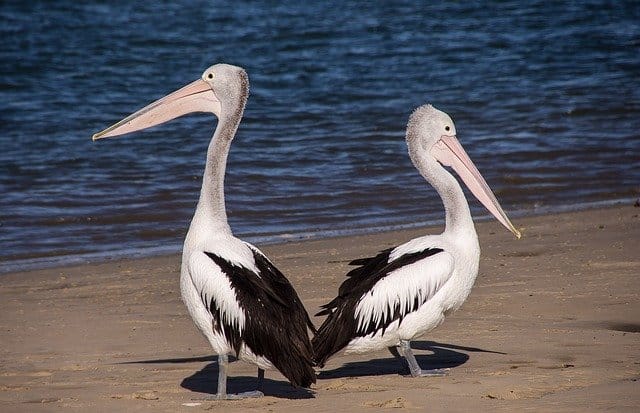
Pelicans are large birds found in tropical regions around the world. They have long legs, short necks, and webbed feet. These features give them a unique appearance.
The pelican family has two species, the American white pelican (Pelecanus erythrorhynchos) and the brown pelican (Pelecanoides urinatrix). Both species feed mainly on fish, but also eat crustaceans, mollusks, insects, and other aquatic animals.
Webbed feet are adaptations to life in water. Pelicans spend much of their lives diving into the ocean to catch food. Their webbed feet allow them to swim faster and stay underwater longer.
Eastern mole
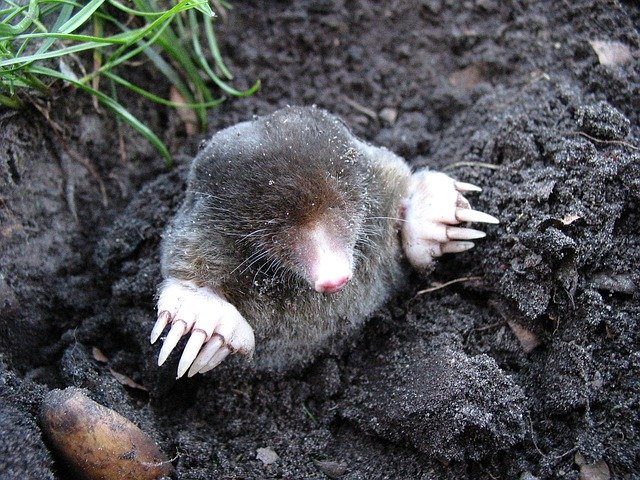
Moles are animals with a unique appearance. They look like little mounds of dirt with long snouts and big ears. The only difference between them and other mammals is their ability to dig tunnels underground.
Moles live in colonies where they share food and shelter. They also defend themselves from predators by digging tunnels under the ground or even burrowing into trees.
They are nocturnal creatures who spend the day sleeping. Their eyesight is poor, so they rely on hearing to detect danger.
Crocodiles
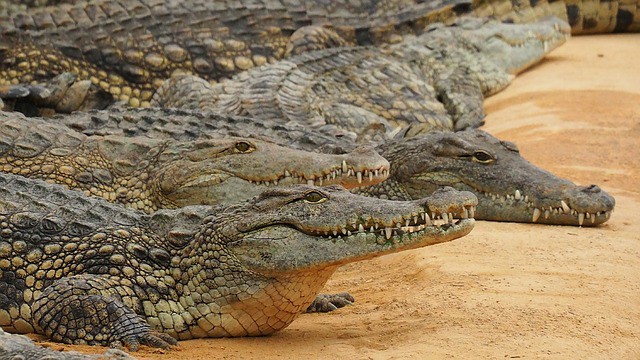
Crocodiles are reptiles that belong to the order Crocodylia. They are found in tropical regions around the globe. The largest species is the Nile crocodile (Crocodylus niloticus). These large animals are known for their aggressive nature and powerful jaws.
Crocs are carnivorous animals that feed mainly on fish, birds, mammals, and other reptiles. Their webbed feet allow them to swim well and move through water easily.
Webbed feet are used for swimming and moving through water. This allows crocs to hunt prey from underwater. Webbing also helps these animals to grip onto slippery surfaces.
Geese

Geese have webbed feet because they walk on water. They also have webbed feet because their toes are fused together into a single unit called a phalanx. This helps them walk on land or on water without sinking.
The webbing between the toes is called epidermis. It protects the skin from friction and pressure. It also provides grip on slippery surfaces.
Webbed feet are found in other animals too. For example, crocodiles have webbed feet. Webbed feet are also found in birds such as penguins and ducks.
Swans
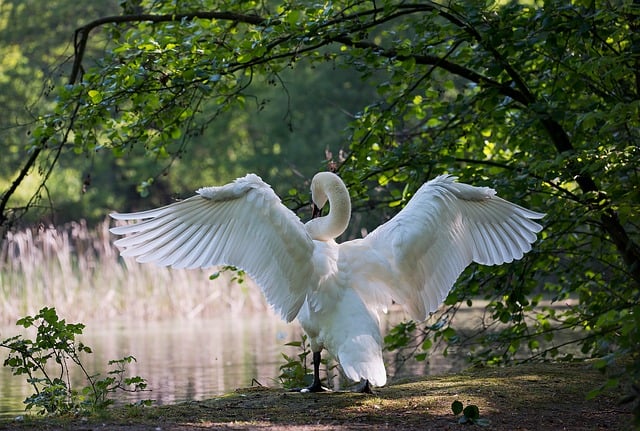
Have you ever wondered why swans have webbed or flipper-like feet? The answer lies in their evolutionary history.
Swans are large water birds native to Europe and Asia. They are known for their beautiful plumage and graceful movements. Their long necks allow them to feed from tall trees.
Swan evolution has resulted in the development of webbed feet. This adaptation allows swans to walk on land without sinking into the mud. Webbing also helps swans swim faster and stay afloat longer.
Petrels

Did you know that petrels have webbed wings? They also have webbed feet, which helps them to walk on water. This is because they spend their entire lives at sea.
Petrels are medium-sized seabirds found around the world in tropical oceans. Their name comes from the Latin word for “sea gull”. The scientific name for these birds is Procellaria aequinoctialis.
They are known for being able to fly over water without sinking. This is due to the special feathers on their wings called rectrices. These feathers create lift, allowing the bird to glide through the air.
Albatrosses

Albatrosses are known for their long necks and wingspan. They also have webbed feet. Why is that? What does that look like?
The albatross has a unique life cycle. During its breeding season, they build nests on cliffs or islands. After mating, the female lays eggs and then leaves for good. The male stays behind to guard the nest until the chicks hatch.
At hatching time, the mother returns to feed her young. She brings food back to them using her bill, which she uses to catch fish. When the chicks are old enough, they fly off to sea to fend for themselves.
Flamingos
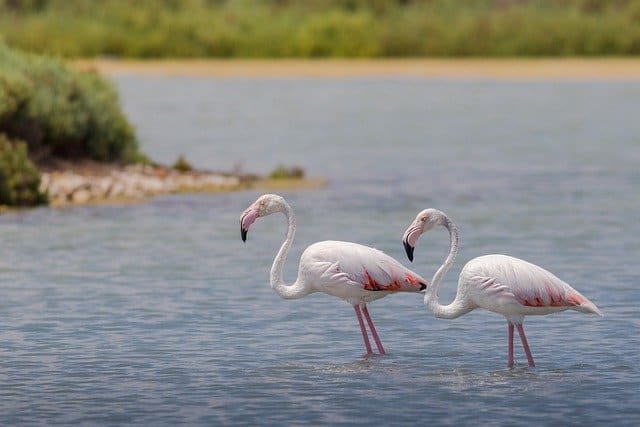
Flamingos have webbed feet because they spend their time wading through shallow water. They also have long necks to reach food from above the surface. Their webbed feet allow them to walk easily over wet surfaces.
The flamingo is a large bird native to South America. There are two species of flamingo: the greater flamingo (Phoenicopterus roseus) and lesser flamingo (Phoeniconaias minor). Both species live in colonies along coastal areas.
Flamingo has webbed feet because they need to stay dry. They have long necks and big heads to reach food from above.
Trumpeter Swans

Trumpeter swans are large birds native to North America. They have long necks, long legs, and webbed feet. The males have elaborate crests on their head, which they raise during courtship displays.
They live in colonies along rivers, lakes, and ponds. They feed on aquatic plants, insects, crustaceans, fish, and other animals. Males defend territories from other male swans.
Their webbed feet allow them to walk on water without sinking. This adaptation has helped them survive in cold climates.
Puffins

Puffins are cute little birds that live in colonies on rocky islands off the coast of Scotland. They look very similar to penguins, but they don’t swim or dive underwater. Instead, puffins spend their time fishing for food and building nests.
Puffins are unique because they have webbed feet. This feature allows them to walk along the sea floor without sinking into the sand. The webbing also helps them grip on slippery rocks.
Webbed feet are found in other animals. Scientists believe that these features evolved independently in several species over millions of years.
Read More : Animals With long Tails !
Penguins
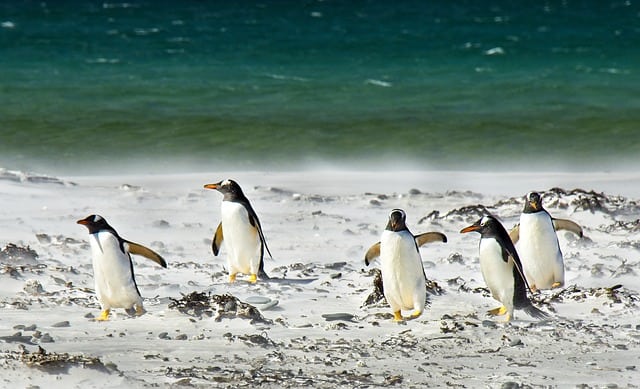
Penguins are flightless birds that spend their entire lives on land. Their feet are designed to help them move around on slippery surfaces.
In addition to being able to walk on ice, penguins also use their webbed feet to swim. Webbed feet are found in other aquatic animals such as seals, otters, and sea turtles.
Fishing Cats
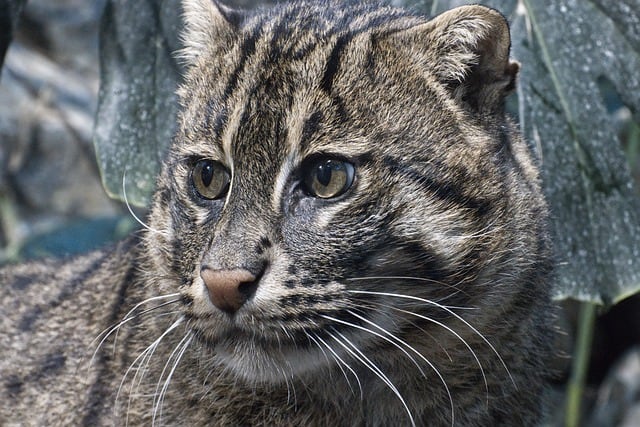
Fishing cats are cute little creatures from Japan. They look like they belong in a cartoon or children’s book. But why do these adorable felines have webbed feet?
Fishing cats are native to Japan. These curious animals live near rivers and lakes where they catch fish using their long whiskers. The fishing cat has a unique way of catching its prey. First, it uses its nose to detect the water temperature. Then, it sticks out its paw and grabs the fish. Finally, it pulls the fish into its mouth.
Webbing is a natural feature found in some mammals. But in the case of the fishing cat, scientists believe the webbing helps them swim better.
Beavers
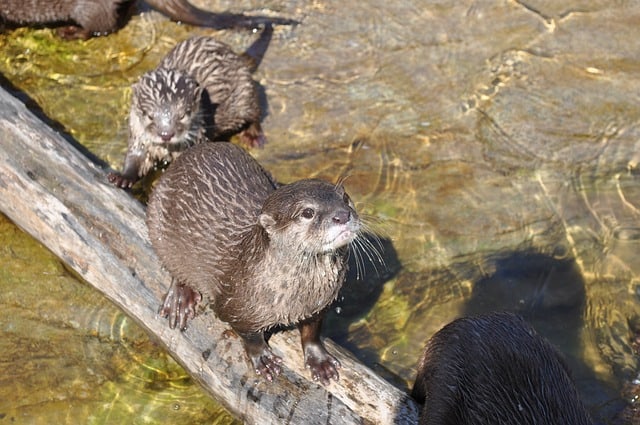
Beavers are amphibious rodents that live in North America. They build dams and ponds across rivers and streams to create their homes. Their webbed feet enable them to swim easily through water.
The question is why do they have webbed feet? Well, scientists believe that the webbing helps them to move faster through water.
Webbed feet allow beavers to move faster through water because the webbing allows them to slide along the surface of the water. This enables them to travel longer distances without having to expend energy.
Frogs
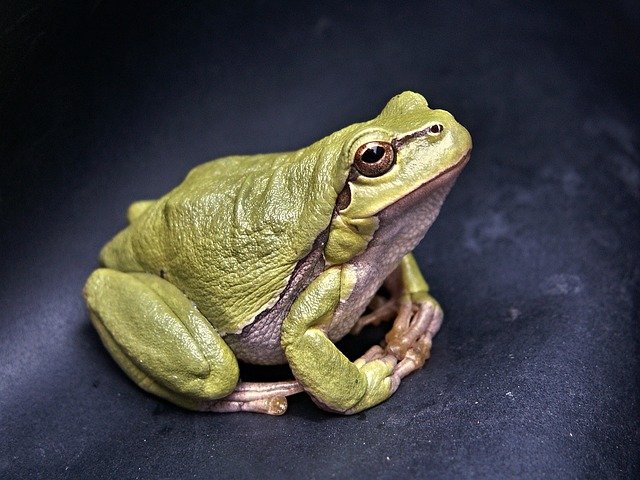
Frogs have webbed feet because they live in water. They use their webbed toes to walk around and jump out of the water. Some species even have wings attached to their backs!
Most amphibians have webbed feet because their ancestors lived in water. Webbing is also found in other animals such as lizards, turtles, crocodiles, birds, bats.
Webbing helps these animals move through the water or land. For example, webbed feet allow sea turtles to swim faster than regular ones.
Seagulls

Seagulls are known for their distinctive call and ability to fly long distances. They also have webbed feet.
Seagulls are scavengers who feed off rubbish dumps and garbage heaps. Their wings allow them to glide through the air, and they often follow fishing boats or other vessels to get food from the sea.
This bird has evolved over time to adapt to its environment. The webbing between its toes allows it to walk on land without sinking into the sand. This makes it easier for it to catch fish and other prey.
Sea Turtles
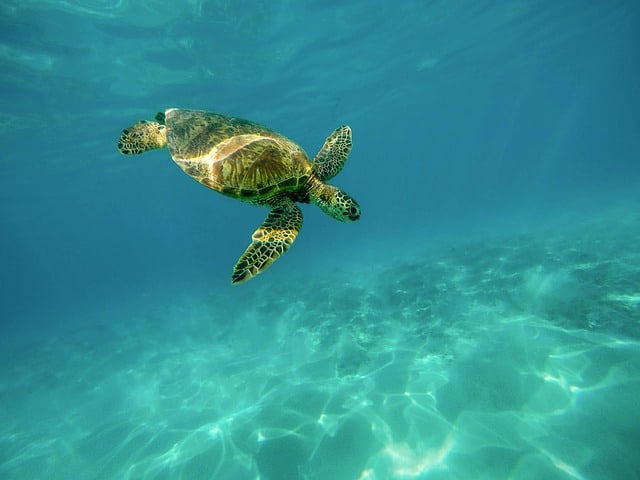
Sea turtles are amazing creatures. They live in warm oceans around the world and spend their lives swimming through the water. Their shells are also very strong and they can even survive being swallowed whole by sharks.
The sea turtle has a long history of being a symbol of strength and endurance. In ancient times, the Greek god Poseidon was said to have rescued a baby sea turtle from drowning. This inspired him to create a special kind of armor for his son Zeus, who would later become known as Apollo.
But why does a sea turtle have webbed feet? Well, it turns out that these webbed feet are a great way for them to move across land. When they swim, they don’t need to lift their legs off the ground. Instead, they push themselves forward using their flippers.
Do all animals have webbed feet?
Webbing is a common feature of birds, reptiles, amphibians, fish, and mammals. But does every animal have webbed feet?
Webbing is a membrane or skin fold that covers the digits of a limb. The webbing helps the limbs move freely and allows them to grip objects. In some species, such as crocodiles, the webbing also serves as a protective layer against predators.
Webbing is present in almost all vertebrates, except for humans. Some animals, such as frogs, turtles, and snakes, have webbing between their toes. Others, such as crocodiles and lizards, have webbing between the fingers.

